What were Lewis and Clark's "Artillery of the Mountains?"
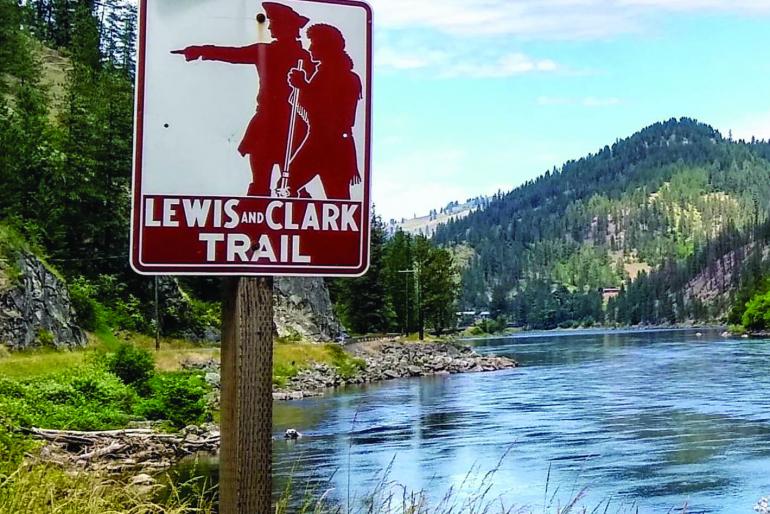
On the fourth of July in 1805, as the Corps of Discovery reached the Great Falls of the Missouri and began the arduous task of portaging them, the journals of the explorers report something strange.
Lewis describes it thus: "since our arrival at the falls we have repeatedly witnessed a nois which proceeds from a direction a little to the N. of West as loud and resembling precisely the discharge of a piece of ordinance of 6 pounds at the distance of three miles. I was informed of it by the men several times before I paid any attention to it, thinking it was thunder most probably which they had mistaken[.]"
Clark corroborates, writing about "...a rumbling like Cannon at a great distance is heard to the west if us; the Cause we Can't account."
They could find no explanation for the sounds. Lewis first assumed it was water accumulating and suddenly emptying in a cavern somewhere in the nearby mountains, but then reasoned that something like that would discharge regularly. However, this noise was "sometimes heard once only and at other times, six or seven discharges in quick succession."
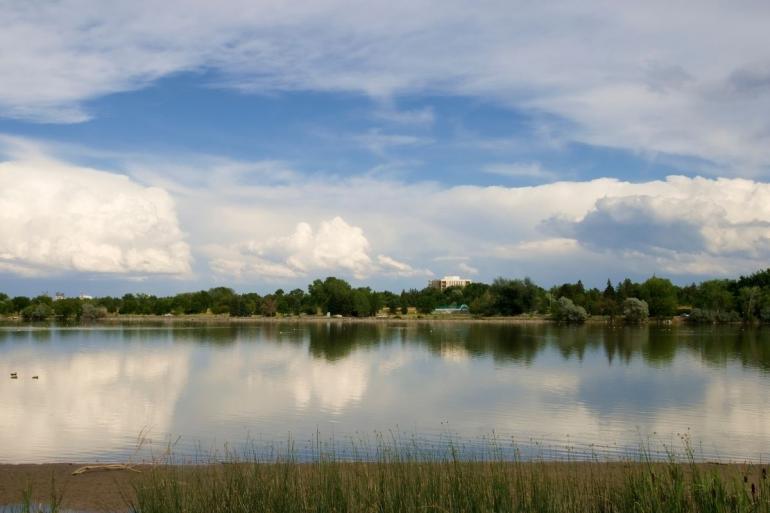
Ultimately, Lewis was left to state that "I am at a loss to account for this phenomenon."
It's worth pointing out here that the six-pound ordinance compared to the sound by Lewis and Clark was a big cannon that had to be driven around on wheels, field artillery - meaning that this was a loud noise, you understand.
Further trappers and settlers would confirm the sound, an explosive report comparable to a sonic boom. But Montana in 1805 certainly didn't have any gun big enough to make a noise like that, nor did it have anything that would repeatedly produce a sonic boom. And the area around Great Falls isn't the only place in America that hears similar noises. Some call them "mistpouffers" or "skyquakes," but they are described as being like guns nearly everywhere they are reported.
Seneca Lake, New York has the "Seneca guns," described as being virtually identical to the Great Falls noises. And a few days later in 1805, Lewis records that some of the Native-American reported hearing the same thing, and that they were common in the Black Hills as well.
Some scientists have attempted to explain the noises as coronal mass ejections from the sun striking our atmosphere, or gas erupting from the inside of the earth. Others think they may be big bubbles of bio gas escaping from lakes. Still others speculate they are Bigfoot pounding on trees, a crude form of long distance communication.
None of these prove satisfactory to explain what is happening in the mountains around Great Falls, however, and despite the preponderance of theories, no one has ever proven what they could be.
Have you ever heard the "artillery of the mountains?" What did it sound like?
And what do you think it could be?

Leave a Comment Here
While working near Sutter Creek, California, I heard booms that sounded like artillery (not trains, not planes, and no geologic source that I could conceive), but there are no bases near the area. The locals call it the Foothill Boom. The prevailing explanation is that the sound from the military destroying munitions in the Nevada desert at Hawthorne, is being conducted through the rock of the Sierra batholith. I don't buy it, and it certainly doesn't explain what Lewis, Clark, their men, nor the Indians heard. I don't believe that these booms are supernatural in origin, but I think that there is an, as yet undiscovered, natural source.

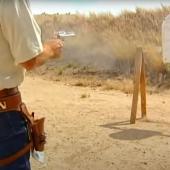
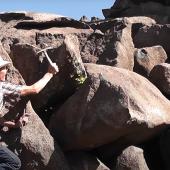



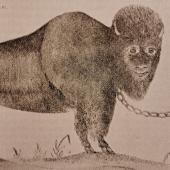


- Reply
Permalink